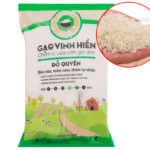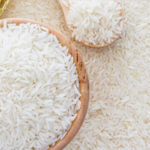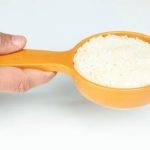Rice is an essential food in the Vietnamese cuisine. We all wash rice before cooking. The purpose of washing rice is to clean off dust and remove the husk attached to the grains. There used to be information that washing rice removes the layer of bran starch, so people were afraid of losing good nutrients.
A recent study published in The Conversation (Australia) shows that washing rice has many benefits. Many people believe that washing rice before cooking can reduce the amount of starch in rice, but the study confirms that it is not true. When washing rice, the washing water will become milky white due to the formation of free starch during the milling process to separate the bran. That starch is called amylose, which sticks to the surface of rice grains.
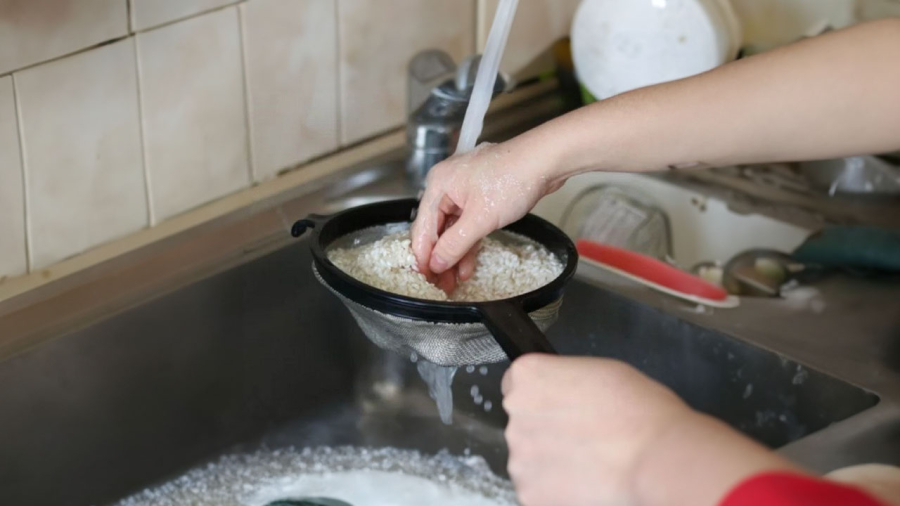
A recent study by Beijing Business and Technology University (China) also compared the benefits of washing rice after cooking between 3 types of rice: glutinous rice, medium grain white rice, and fragrant rice. In this study, each type of rice was divided into 3 groups: unwashed, washed 3 times, and washed 10 times. The results showed that whether washed or unwashed, it did not affect the stickiness and softness of rice after cooking. The stickiness and softness of rice depend not on amylose but on another type of starch called amylopectin, which is formed during cooking.
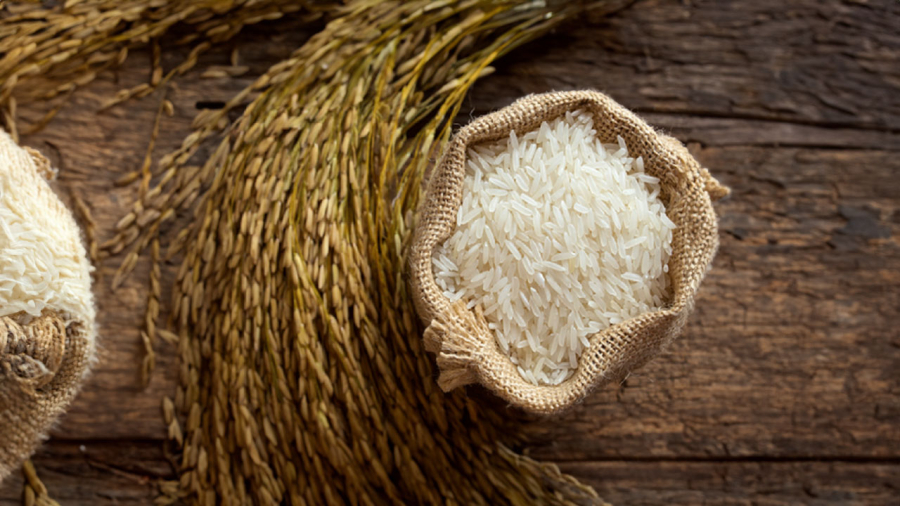
Therefore, according to experts, it is advisable to wash rice thoroughly to help remove dust, husks, insects, and impurities. This is especially important when the rice milling and processing processes in some places are not careful. Moreover, during the circulation of rice, it can also be contaminated with mold-resistant chemicals, so thorough washing is necessary to ensure cleanliness.
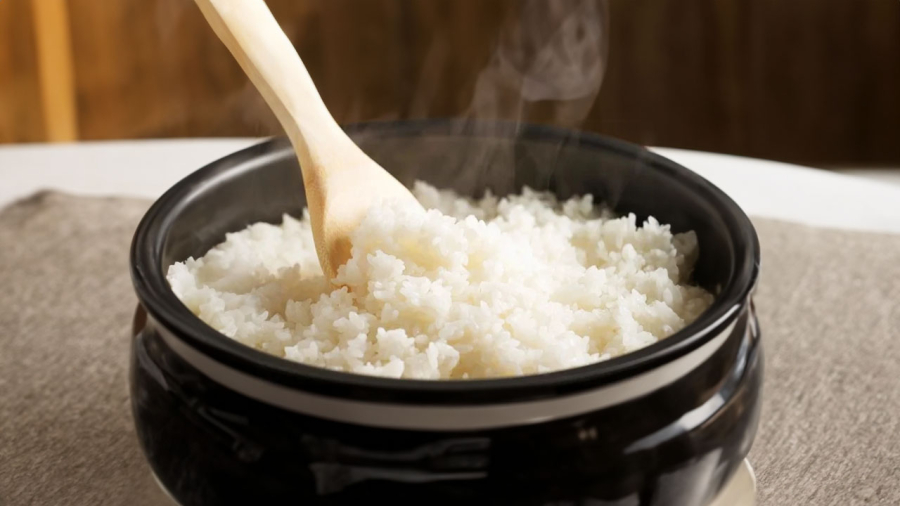
Rice may also contain plastic microbeads, so thorough washing of rice helps clean these plastic microbeads. These plastic microbeads are formed during the rice storage process in plastic packaging, and all plastic packaging contains plastic microbeads. The act of washing rice can help reduce up to 40% of plastic microbeads in rice. However, washing rice does not clean bacteria, as they are only destroyed during the cooking process. Therefore, when cooking rice, you should pay attention to the rice washing step to clean the rice. In addition, when storing rice, it is recommended to prioritize clean paper packaging or clean plastic packaging and avoid leaving rice for a long time.
To clean rice during the process, you should put rice in a strainer to wash instead of putting it directly into the rice cooker to wash. Putting rice in a strainer will help remove broken grains, husk dust, moth grains, and dirt better, so it will be cleaner than washing in the rice cooker. Moreover, washing rice in a rice cooker also accelerates the deterioration of the rice cooker’s non-stick coating.


























